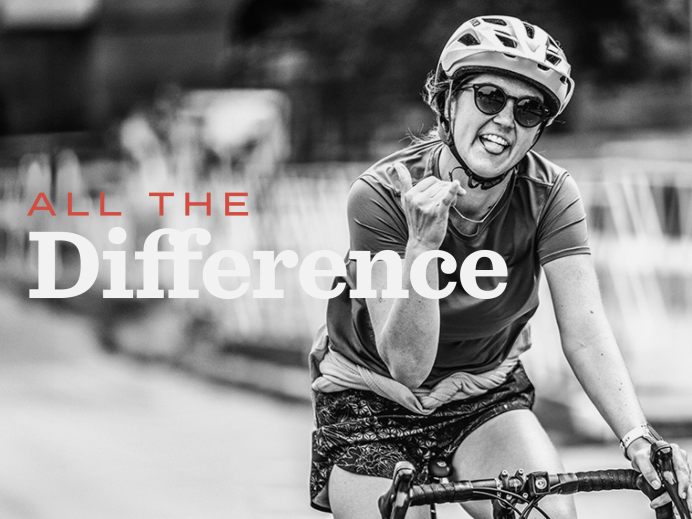The Debate Over Trademarked Colors in Branding at a Glance:
When it comes to branding, color is a critical component. It acts as a powerful visual cue that can instantly associate a brand with specific qualities or emotions. Trademarking a brand’s colors can protect identity and help achieve recognition in a crowded market. However, the increasing number of trademarked colors has created a complex legal landscape. Can you really own a color? The answer is more complicated than you might think. When choosing brand colors:
- Rely on the human pathos: Use color to differentiate and convey brand emotion
- Be considerate of the cultural environment: Understand cultural significance to avoid missteps
- Commit to the choice: Consistent application builds enduring brand recognition
- Evaluate regularly: Adjust brand color strategies as markets evolve
What Does It Mean to Trademark a Color?
If a company believes a particular color symbolizes its brand, they likely want to protect it. So, can you copyright a color? The answer is “no.” However, while a corporation can’t copyright a color, it can trademark one if it proves the color represents its brand. Let’s take a closer look.
Trademarking a color means protecting it as a unique symbol of your brand, tied to the products or services. Think of Tiffany & Co.’s signature robin egg blue, UPS’s well-known brown, or T-Mobile’s unmistakable magenta — these are great examples of trademarked colors that make their brands instantly recognizable. Unlike trademarks, copyrights can’t protect a single color — they’re more about protecting creative works like books, movies, art, etc. So, while you can’t copyright a color, you can trademark it; however, it must be strongly associated with your brand, not just used decoratively.
Regarding trademarks in general, the Lanham Act defines trademarks as “any word, name, symbol, device, or any combination thereof” used to “identify and distinguish one set of goods or services from other sources.” You notice there’s no mention of color in that list. However, since 1995, they can be trademarked as part of a service or product, providing they meet four conditions:
- The color needs to work as a source of brand identification.
- It cannot have a functional purpose (e.g., colors used for safety signs).
- It needs to show proof of secondary meaning, such as the public’s association of the color with a particular good or service.
- It doesn’t put competitors at a disadvantage by affecting cost or quality.
If you meet those qualifications, you can apply through the United States Patent and Trademark Office (USPTO) to trademark your brand’s color. If approved, your trademarked color is protected under trademark law, and you can take legal action against others who use it in a way that could confuse consumers or dilute your brand’s identity.
The Legal Landscape of Trademarked Colors
We often think of color as merely decorative, sprucing up a logo or website. For companies, color is more than decoration — it’s a powerful tool for branding based on consumer psychology. From college logos to chocolate bars and gas stations, the fight over color in branding has led to high-profile legal battles, showing how much value companies place on owning a specific hue.
For example, In 2010, the University of Texas blocked two “useful” iPhone apps because UT’s signature Burnt Orange was prominently used in their designs. In 2013, we had the resolution of Nestle v. Cadbury, a delicious 10-year lawsuit that pitted two chocolatiers against each other over using a specific shade of purple. In 2014, petroleum giant BP lost a 12-year battle to trademark the shade of green used in its logo and on its gas stations.
So what gives? Why all the fuss over color?
Right or wrong, these lawsuits are a reflection of the public’s broader awareness of the branding principle that color has value — a lot of value. “Along with the form, texture, and scale of the package, color instantly draws the eye and begins the deliberation process of whether or not to make a purchase,” says the Pantone Color Institute, creator and gatekeeper of most of the colors we use today. Color instantly draws the eye in and begins the deliberation process of whether or not to make a purchase.
But with these corporations snatching up all the colors, some worry that life may be dull and colorless for the rest of us in a few years.
The Emotional Power of Color in Branding
There’s an emotional and psychological response to color that a brand can harness to communicate its mood and tone and endear itself to customers. Brands today must create an emotional experience for customers, and color can play a role in that overall brand experience.
The right color can be extremely powerful. Take, for example, the color Bright Rose, which was chosen by the United Nations Women’s Solidarity Movement for Gender Equality to represent its “HeForShe” campaign. According to Pantone, Bright Rose, a fiery shade of magenta, walks a fine line between red and pink and between male and female, making it the ideal shade to speak to the elimination of gender inequality.
In this case, color stands for a huge idea: equality. That has real value.
Implications for Designers and Brands
For designers, colors are a powerful tool for brand storytelling and brand differentiation. However, trademarked colors add a little drama to the design world, like calling dibs on the best crayons in the box. For brands, these signature hues — like Coca-Cola red — are their visual calling cards, instantly recognizable. For designers, they’re both a challenge and an inspiration. Designers can’t use those trademarked colors without risking a legal slap on the wrist, so they’re forced to think outside the crayon box. While some may perceive these off-limits colors as a challenge, others can view it as a way to expand their creativity. While this balance between creativity and compliance can be challenging, it ultimately underscores the importance of color as a vital element of brand identity.
The Future of Trademarked Colors in Branding
A cynical observer of the war over color could say it’s about a lot of things: greed, entrepreneurial litigation, monopolistic branding. But, like most wars, it’s more complicated than that.
On the one side are the purists, who believe all colors belong to all people. On the other side are the litigious corporations that use color to shut down competition and extract money from unsuspecting organizations. Think of these corporations as poachers, collecting intellectual property pelts in the courtroom. These are the two extremes: free-for-alls and money-grubbing interventionists. Many of us feel that the proper solution lies somewhere between the extremes.
Either way, it’s clear that color plays a significant role in a company’s brand. If you’re ready to take a closer look at what your company’s brand identity signals to consumers, get in touch with the brand experience experts at Adrenaline.




